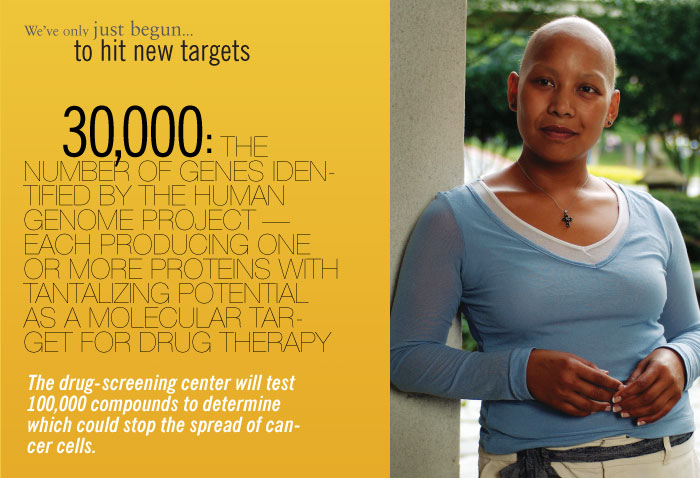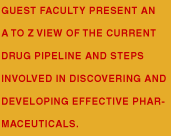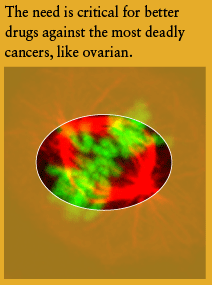
Hitting a bulls-eye is not easy. Understanding how any of the proteins in the human body affect a specific disease and identifying a target for intervention are challenging enough. But with hundreds of
 thousands
of known drug-like compounds to test for effectiveness, screening can be
even more daunting.
thousands
of known drug-like compounds to test for effectiveness, screening can be
even more daunting. Now it is less so. Emory recently received a $9 million grant from the NIH as one of 10 universities chosen for a new nationwide network of academic drug-screening centers. Using high-throughput robotic technology once available only to the biggest and richest pharmaceutical companies, these universities are searching for drug-like compounds targeted to proteins not being studied by big pharma.
A robotic pipette system picks up minute amounts of liquid containing different compounds and combines them in tiny wells with potential protein targets. A second robot uses self-focusing electron microscopes to observe and record what happens to the protein when combined with the different compounds, and the resulting millions of pieces of data are sorted almost instantaneously through bioinformatics computer technology to find the most active compounds. After re-screening identifies the likeliest candidates, their ability to modify the drug targets as desired can be ascertained. One of Emory’s first goals: to find a protein involved in the cell-to-cell conversation that allows cancer cells to survive and spread, then to identify a compound capable of targeting that particular protein and disrupting the conversation. When the identified compound is modified and transformed into a new drug, it will foil the survival of tumor cells, effectively destroying the cancer. Bulls-eye!
| Next
chapter: to harness the power of partnerships>> |
||
|
|
||||||||||||||||||||||||||||||||||||||||||||||||||||||||||||||||||||
Copyright
© Emory University, 2006. All Rights Reserved
 Institute and the Department of Pharmacology, the academy is
all about sharing knowledge. Twice a month, dozens of researchers
and clinicians gather at Emory for a lecture by a nationally
recognized scientist, followed by an intense round-table discussion.
The first speaker was the father of kinase therapy, whose research
recently led to development of breakthrough drugs for chronic
myelogenous leukemia. Topics range from bench research to improving
clinical trials to regulatory policies, but the goal
is always the same: new, better, more effective drugs to tackle
cancer. And as fast as possible, please. In a spirit
of collegiality and the belief that the battle to develop new
drugs needs all the good soldiers it can get, Emory has opened
the star-studded academy, without charge, to the entire scientific
and medical community in Atlanta and the region.
Institute and the Department of Pharmacology, the academy is
all about sharing knowledge. Twice a month, dozens of researchers
and clinicians gather at Emory for a lecture by a nationally
recognized scientist, followed by an intense round-table discussion.
The first speaker was the father of kinase therapy, whose research
recently led to development of breakthrough drugs for chronic
myelogenous leukemia. Topics range from bench research to improving
clinical trials to regulatory policies, but the goal
is always the same: new, better, more effective drugs to tackle
cancer. And as fast as possible, please. In a spirit
of collegiality and the belief that the battle to develop new
drugs needs all the good soldiers it can get, Emory has opened
the star-studded academy, without charge, to the entire scientific
and medical community in Atlanta and the region.
